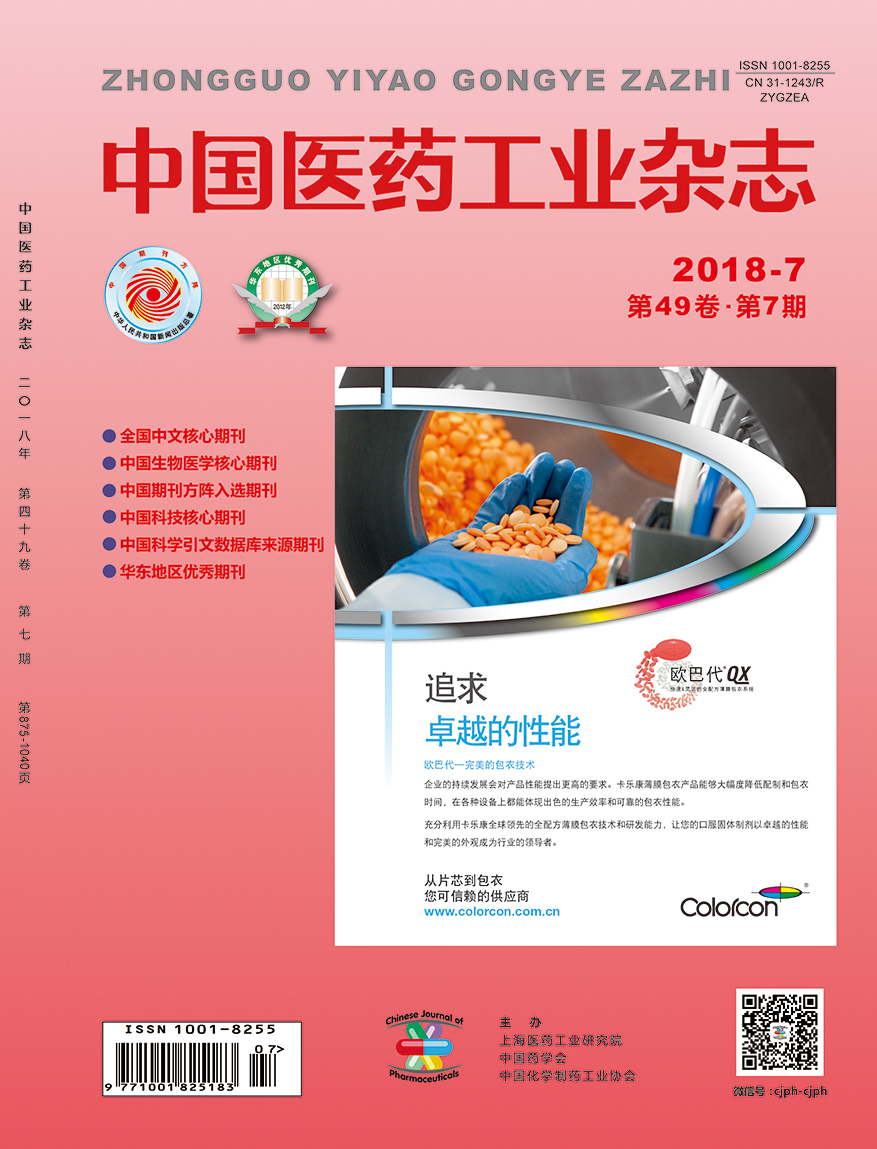Paper
YOU Junhui, WANG Junliang, CAO Jin, YU Jun, DU Zuyin
A new synthetic process of amrubicin hydrochloride was reported. (7S,9S)-9-Acetyl-9-amino- 6,7,11-trihydroxy-7,8,9,10-tetrahydrotetracene-5,12-dione (6) was obtained from (R)-2-acetyl-2-trifluoroacetamido-5,8- dimethoxy-1,2,3,4-tetrahydronaphthalene (12) via Friedel-Crafts acylation with phthaloyl chloride, ketalization of the carbonyl group with neopentylglycol, photochemical cyclization with 1,3-dibromo-5,5-dimethylhydantoin (DBDMH) and hydrolysis with hydrochloric acid sequentially. Then compound 6 was sujected to glycosidation with 2-deoxy-1,3,4- tri-O-acyl-β-D-erythro-pentopyranose in the presence of trimethylsilyl trifluoromethanesulfonate, deprotection of the acetyl groups and salification to prepare amrubicin hydrochloride with a total yield of 10.7% and a purity of 99.8%. This process has some advantages such as convenient operation, simple work-up, and high purity, and the synthetic method for compound 6 from 12 has not yet been reported in literature.
